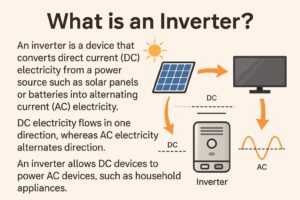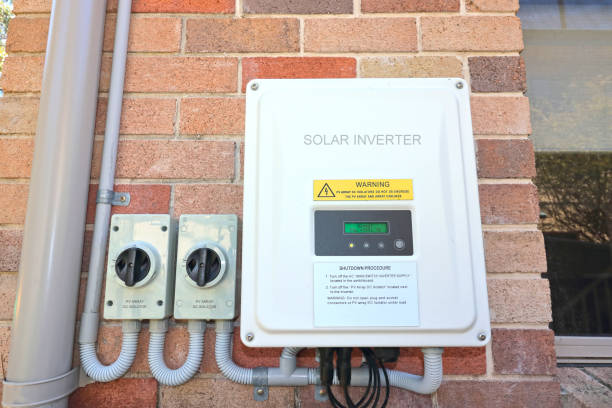As more Perth households adopt solar energy, the shift toward battery storage is accelerating. However, one essential but often overlooked component in this transition is the inverter. Upgrading to a hybrid or battery-ready inverter is critical for anyone planning to add storage capacity, either now or in the future. This article explores what to consider when upgrading your inverter to ensure long-term performance, efficiency, and system compatibility.
The Role of Hybrid Inverters in Battery Integration
A standard solar inverter converts DC electricity from panels into AC electricity for household use, but it cannot handle battery storage. In contrast, a hybrid inverter is designed to manage both solar production and battery charge/discharge. This type of inverter supports seamless switching between grid power, solar input, and battery backup, making it essential for battery integration.
Hybrid inverters also simplify installation by reducing the need for additional components, lowering overall system complexity and future upgrade costs. For Perth homeowners considering energy independence or backup power during outages, installing a hybrid inverter offers clear functional advantages.
Future-Proofing Your Solar System
Future-proofing your solar setup means selecting hardware that accommodates later upgrades without significant rewiring or equipment replacement. A battery-ready inverter ensures your system remains compliant with new technologies and evolving energy needs.
Many homes in Perth are currently operating solar systems with inverters that are either incompatible or limited in battery support. In these cases, a strategic inverter upgrade can unlock new energy management capabilities, including time-of-use optimisation, blackout protection, and remote monitoring.
Choosing an inverter that supports both DC and AC coupling can further enhance flexibility when it comes time to select a battery system. Features such as smart energy management software, scalable storage compatibility, and real-time data access can also add long-term value.
Assessing Compatibility & Electrical Configuration
When upgrading an inverter, compatibility must be assessed at several levels:
- System voltage: Ensure the inverter matches your solar array and proposed battery bank.
- Battery chemistry: Not all inverters support all battery types (e.g., lithium-ion, lead-acid).
- Grid compliance: The inverter must meet Australian standards and Western Power requirements.
- Smart meter integration: Modern inverters should support monitoring and export control.
A licensed technician specialising in inverter repairs Perth can help identify whether your current system can be adapted or if a complete replacement is required.

The Importance of Professional Guidance
Working with an experienced provider ensures your upgrade is safe, efficient, and compliant with local regulations. Whether you’re installing a new hybrid inverter or transitioning from a legacy model, local expertise matters.
A trusted Solar Company in Perth can evaluate your system, provide tailored product recommendations, and complete installation in accordance with Clean Energy Council (CEC) guidelines. This is particularly important as inverter warranties, performance guarantees, and grid approval processes can vary by brand and model.
Conclusion
Upgrading your inverter in Perth for battery readiness is not just a technical choice—it’s a strategic investment in the future of your solar energy system. Hybrid inverters offer increased flexibility, better energy management, and seamless integration with battery storage when the time is right. For homeowners in Perth, ensuring that your system is future-proofed means engaging with qualified professionals who understand local energy conditions and regulatory standards. Whether you’re preparing for tomorrow or solving issues today, an informed inverter upgrade is key to long-term solar success.

